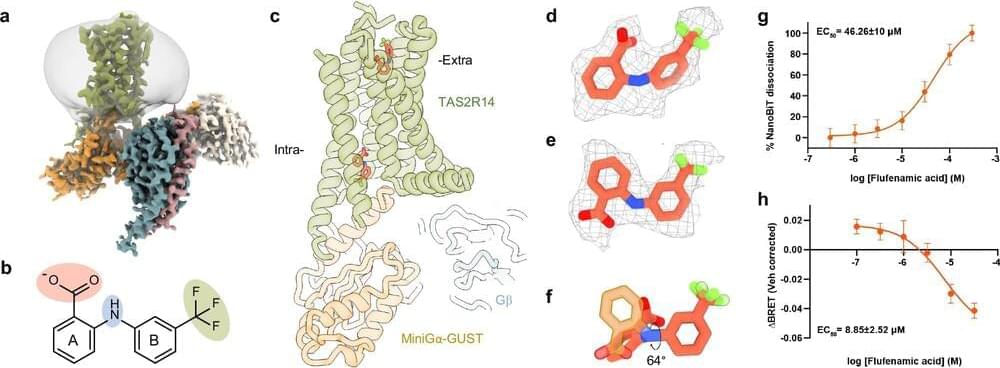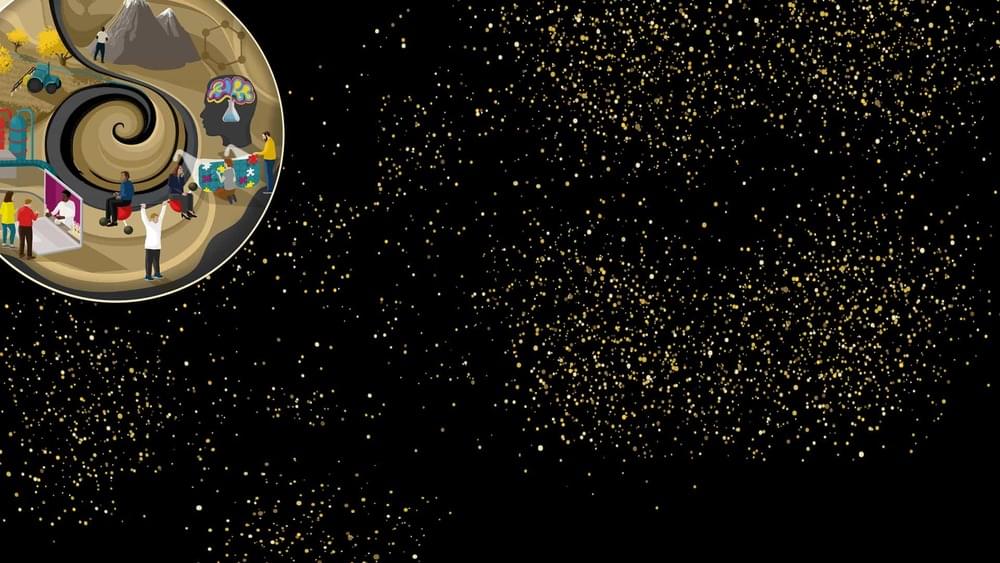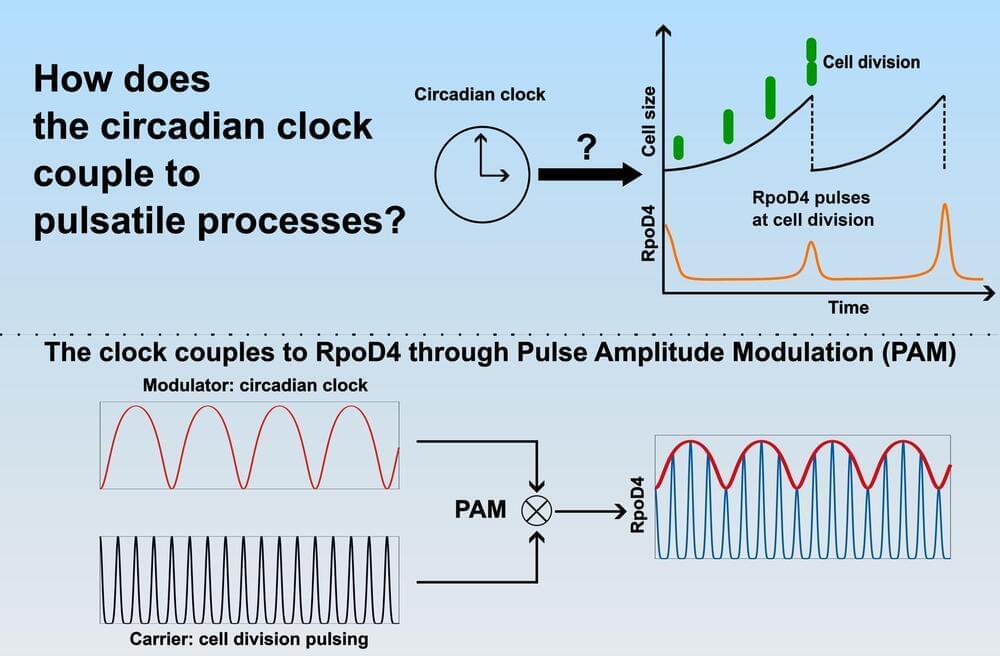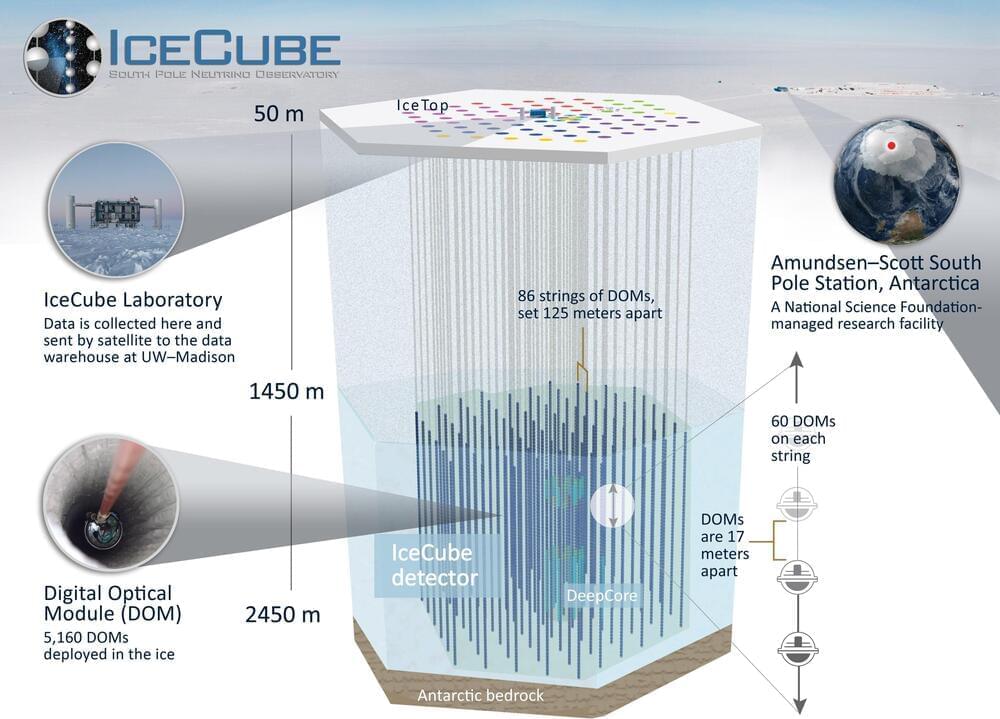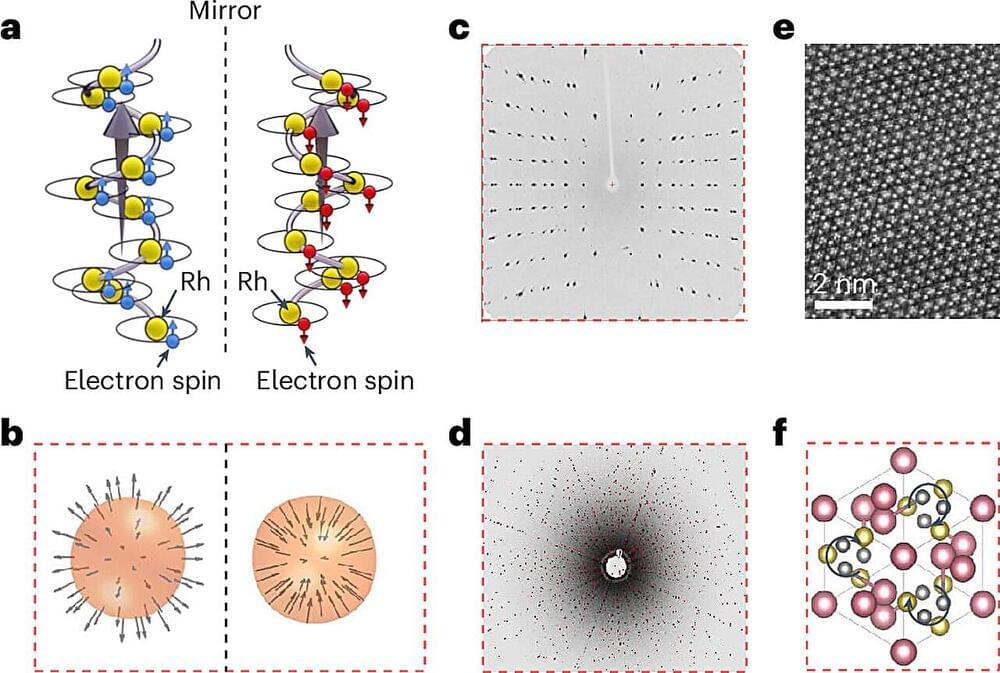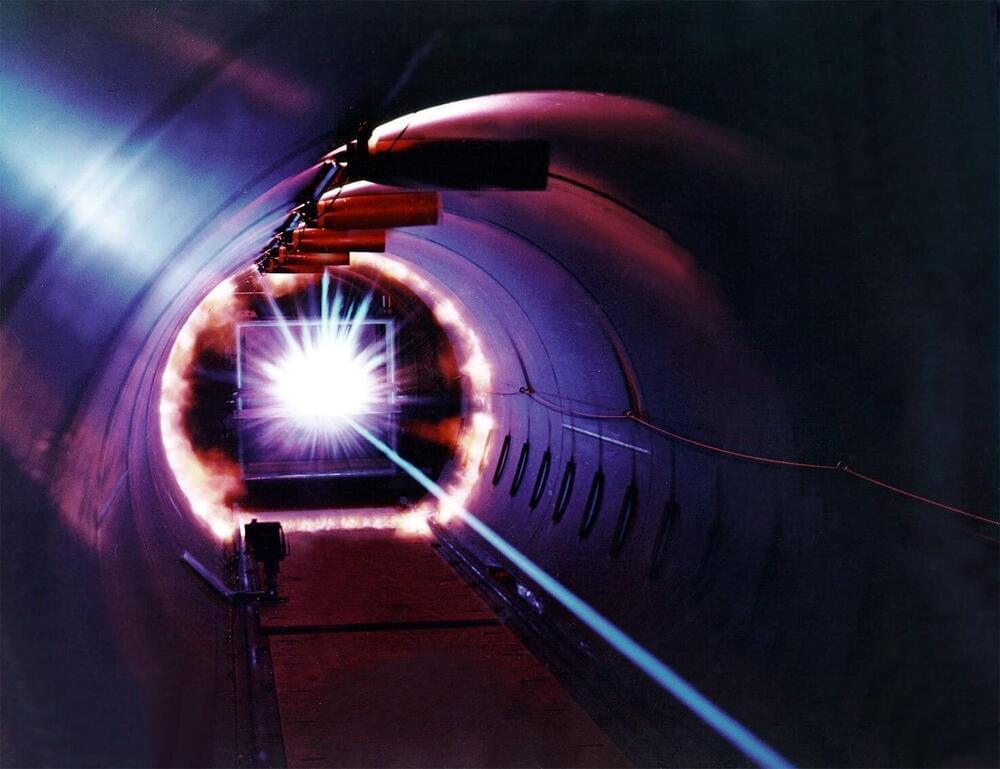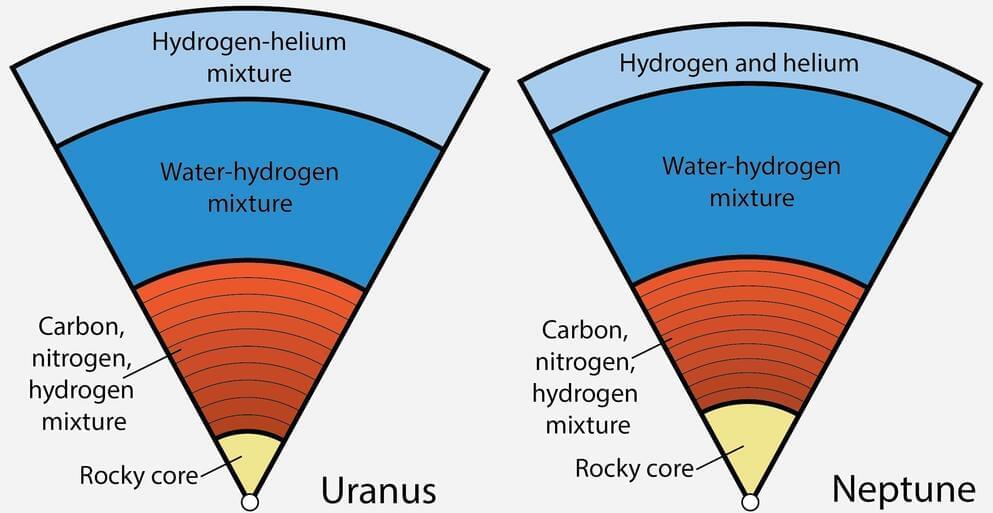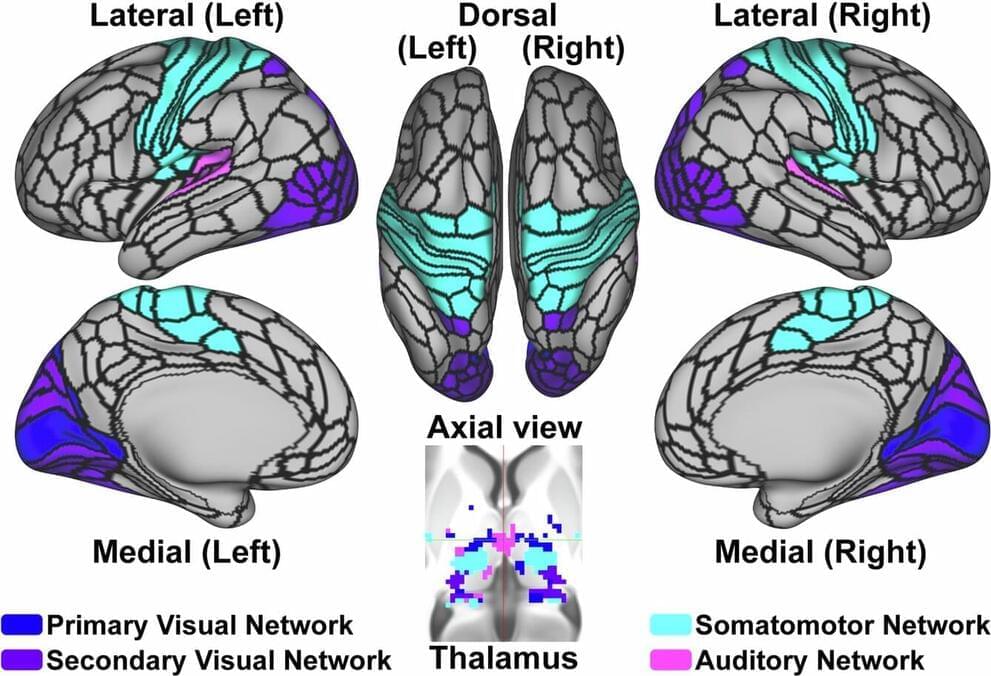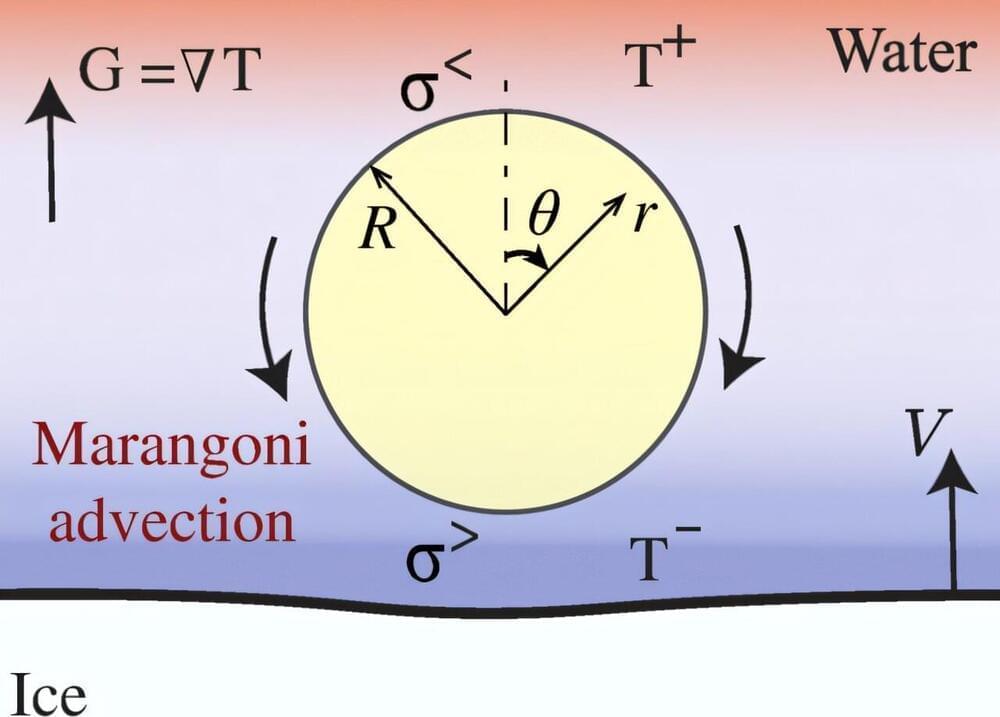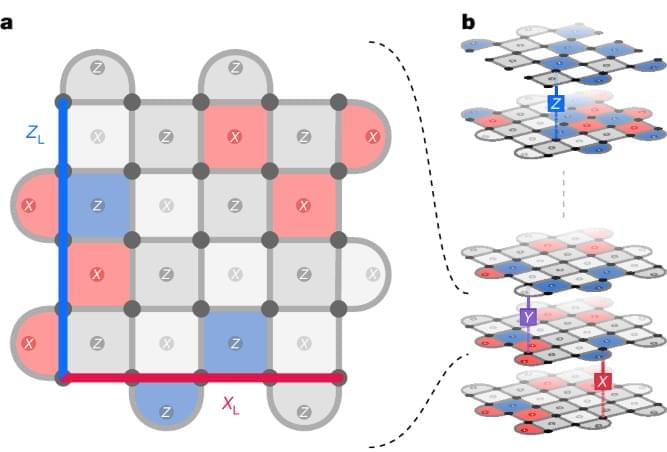A new study describes an exciting discovery that changes the way we understand human bitter taste receptors. The research has revealed a hidden “pocket” inside one of the body’s bitter taste receptors, called TAS2R14.
This breakthrough could help not only understand how our tongue senses bitterness but also investigate the physiological roles of bitter taste receptors that are expressed extraorally. The work is published in Nature Communications, and was led by Prof. Masha Niv from the Hebrew University of Jerusalem, Dr. Moran Shalev-Benami from the Weizmann Institute, and Dr. Dorothee Weikert from FAU Erlangen.
There are many chemically different molecules that trigger bitter taste sensations, and the body uses a family of 25 receptors to detect them. Interestingly, many drugs also activate this bitter taste system.
